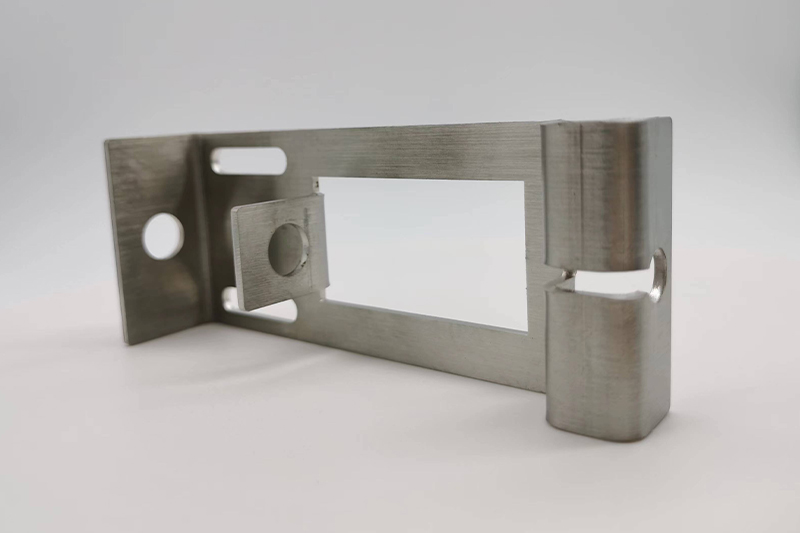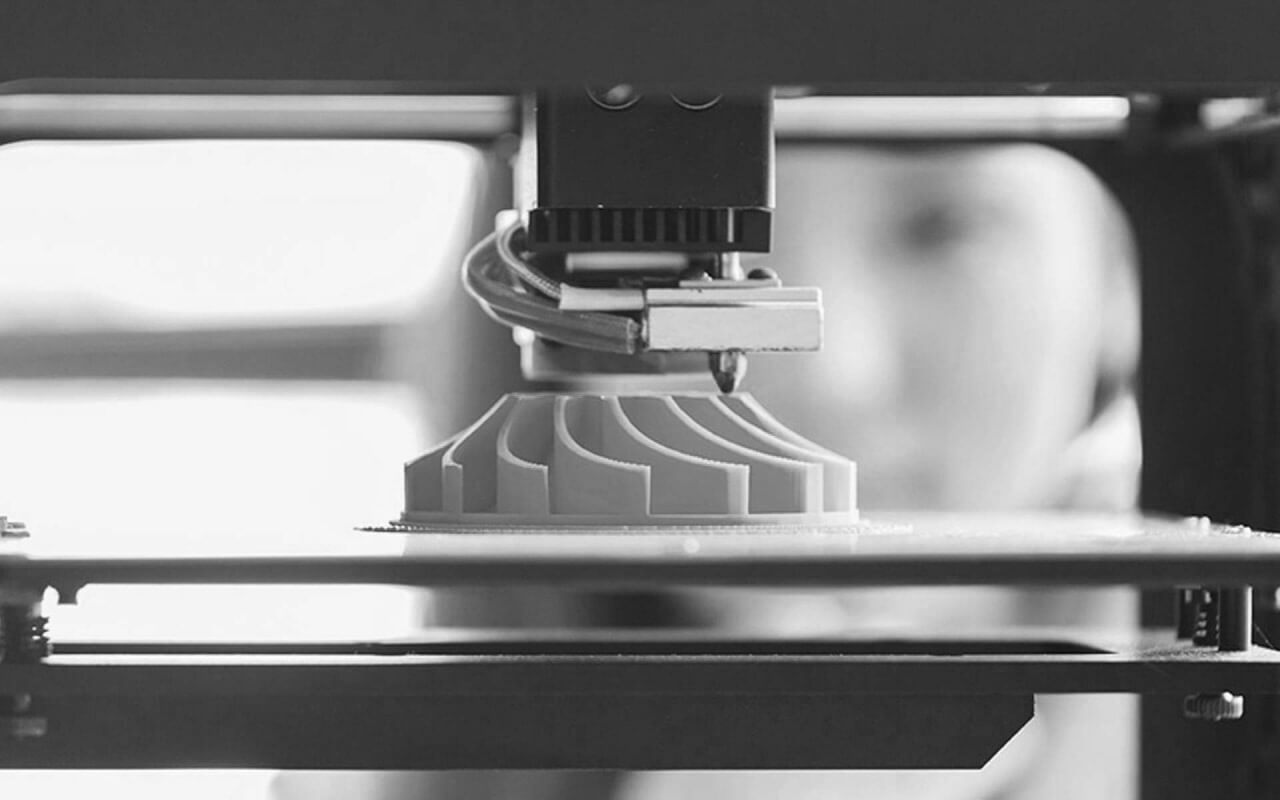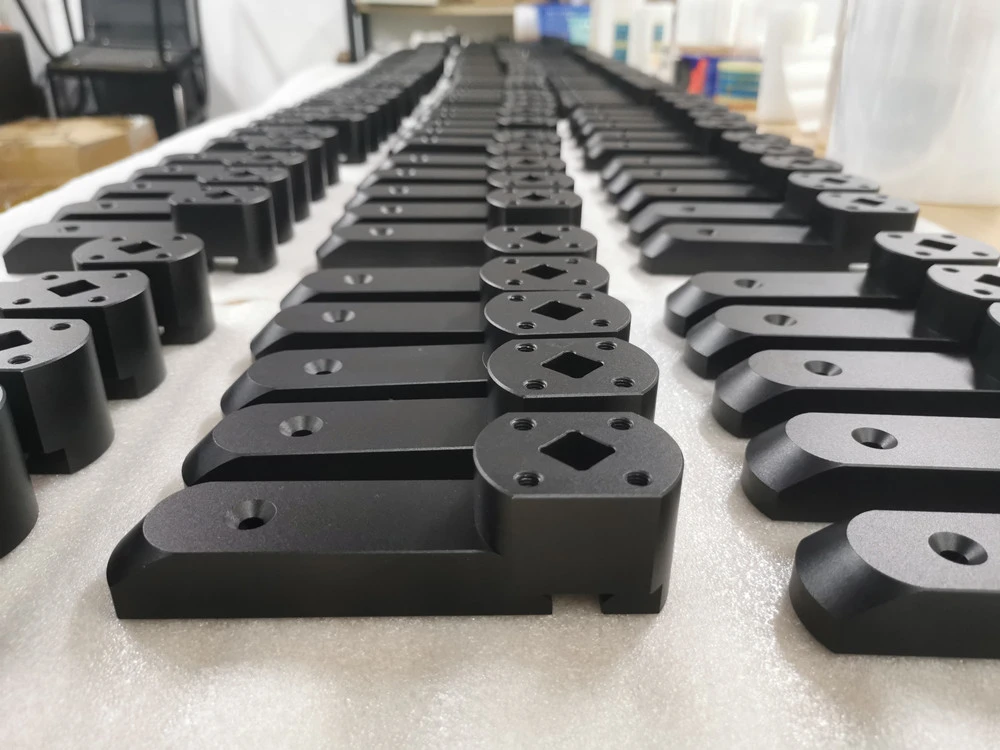- Capabilities
-

CNC Machining
Tight tolerance and 20+ finishes 3, 4 , 5 axis, as fast as 2 days -

Sheet Metal Fabrication
High-precision, on-demand sheet metal cutting and bending. -

3D Printing
SLA, SLS,MJF,SLM, FDM 3d printing with post treatment. -

Vacuum Casting
Production quality parts without the tooling investment.
-
- Solutions

Rapid Prototyping
Fastest lead time of high-quality prototypes at minimal cost.

Low Volume Production
From one-off prototyping to low-volume production.

Mechanical Assembly
Custom assembly for project-specific needs.

Custom Package
Ready to help you prompt your brand.
- Sources

Materials
Select from 100 more types of metals and plastics.

Finishes
Select from 20 more types of surface fishes.

Industries
Providing precision machining and manufacturing solutions.

Cases
How we assist our clients in bringing their projects to fruition.
- Company

Quality Assurance
Consistent quality, every time.

About Us
Your go-to manufacturer for custom parts.

Newsroom
Learn updated news about ECOREPRAP.
Best Methods for Aluminum Prototype
Updated: December 04, 2023
Introduction
Many manufacturers choose aluminum for multipurpose production material. Its machinability and versatility make it the perfect choice for prototyping new products as well.
The methods of aluminum prototyping are numerous. They cover the entire scope from CNC machining to casting and even extrusion. Let’s find out which prototyping option may be the perfect fit for your project.
1. CNC Machining
CNC machining is an extremely common and battle-hardened method of aluminum prototype manufacturing. Its working principle is cutting the final shape of a component out of an aluminum workpiece. Material removal is handled by cutters of varying forms and types held by a movable spindle.
This subtractive manufacturing method is performed by computerized CNC units, such as mills, turning machines, lathes, routers, drills, and others. The commands on how to cut with the help of a machining tool are written in G-coded files by means of CAD and CAM programming.
Here are the advantages of CNC machined prototypes:
- The components produced show excellent characteristics.
- Good design freedom, enabling the production of complex prototypes.
- You may stick to any metal of choice, including some tricky aluminum alloys.
- The moderate cost that tends to lower with the increase in batch sizes.
- Exceptional dimensional precision.


2. Sheet Metal Prototyping
Sheet metal prototyping is very much like CNC prototyping, with its specificities and unique technicalities. Its working principle is using a pile of flat workpieces made of aluminum alloy and further processing. Cutting, deformation, pressing, laser cutting, pinching, and other techniques may be put in use.
With sheet metal prototyping, you process multiple workpieces simultaneously. Consequentially, you cannot feature an end-to-end manufacturing process with only one machine involved. With this method, the manufacturing line includes multiple CNC units. But the good thing about sheet metal prototyping is that you receive several identical copies of prototypes at once.
Here are the advantages of sheet metal prototypes:
- High production quality.
- Utilizes a range of fabrication processes.
- Helps to achieve extremely high consistency within and between batches.
And some limitations you should be aware of:
- High production costs.
- Turnaround times are high.
- Limited design freedom.


3. 3D Printing
The process is surprisingly popular for the production of prototypes out of aluminum alloy. Its working principle is extruding the molten metal layer by layer till it forms the desired form of a component. 3D printing is referred to as an additive manufacturing process.
When it comes to 3D printing with the use of aluminum alloy, there are two options: Direct Metal Laser Sintering (DMLS) and selective laser melting (SLM). Similar to CNC machining, printers use digital design to guide manufacturing. Yet, 3D printing allows for more geometrical flexibility.
Here are the advantages of 3D printed prototypes:
- Superior design freedom.
- Low cost per component printed.
- Don’t require highly-qualified labor.
Here is the limition you need to aware:
- Limited material choice.
- Part strength is mediocre.
- Some physical and chemical properties are not reflected.


4. Aluminum Casting
Casting is an old-school method suitable for the production of some of the most rigid components. Its working principle is pouring liquid metal into a mold shaped in the form of the inversed component.
Casting processes involve using a 3D printer to create a wax model and then a CNC machine to create a mold. The process is already labor and time extensive enough. The interesting thing about casting is that you may reuse the tooling invested in.
Here are the advantages of aluminum casted prototypes:
- Parts are extremely strong.
- Production quality is high.
- Dimensional precision is high.
And some limitations you should be aware of:
- Expensive tooling is required.
- Highly-qualified labor is required.
- Time-consuming process.
5. Aluminum Extrusion
Aluminum extrusion is another interesting prototyping process. It combines the features of casting and 3D printing. Its working principle is to use open molds through which aluminum alloy is forced to produce an elongated part.
Aluminum extrusion is extremely featured in the production of metal bars, brackets, joints, and similar components. It helps to produce components that are similar to metal casting ones in their characteristics.
Take a look at what metal extrusion parts may look like in the image below.
Here are the advantages of aluminum extrusion prototypes:
- Parts are strong enough.
- Production quality is high.
- Dimensional precision is high.
And some limitations you should be aware of
- Expensive tooling is required.
- The range of available materials is limited.
- Highly qualified labor is required.
- Time-consuming process.
- Suitable mostly for elongated components.

6. Advantages of Aluminum Prototypes
Here are some of the best benefits that aluminum prototypes have to offer:
1. High-performance
Indeed, depending on the type of prototype and the method chosen, you may receive a component with desired characteristics. Specified durability and other mechanical properties may be preserved.
2. Heat resistance
Unlike plastic components, aluminum ones are less prone to extreme temperatures. They are less likely to degrade in the manufacturing process.
3. Cost efficiency
Aluminum is a fairly affordable material. It means that depending on the prototyping method, you may get a low price per prototype produced.
4. Suitability for mass production
Aluminum is the material you want to stick with, even when it comes to large-scale production. So, it’s better to validate the technology using the original material from the very beginning, with prototypes.
5. Spikes investor interest
The aesthetics of aluminum prototypes attracts more attention and appreciation from the stakeholders. That’s why they make help you to gain extra funding or receive more willing buyers.
6. High dimensional precision
Aluminum is a machinable material. That’s why you often don’t have difficulty producing as accurate prototypes as needed.
Regardless of the industry you work in, aluminum alloy prototypes stand a chance to be your best option.

7. Summary
Companies that utilize aluminum for the production of goods may need aluminum prototyping quite frequently. The industry offers a range of options suitable for small-sized or large-sized batches of prototypes with varying characteristics.
Guide your choice based on what’s your first priority — cost-efficiency and turnaround times, it the functionality of end prototypes. Take into consideration the manufacturing practices your factory has in place.
Let's get your projects started, together!
Get custom parts machined in high quality, delivery on time.






